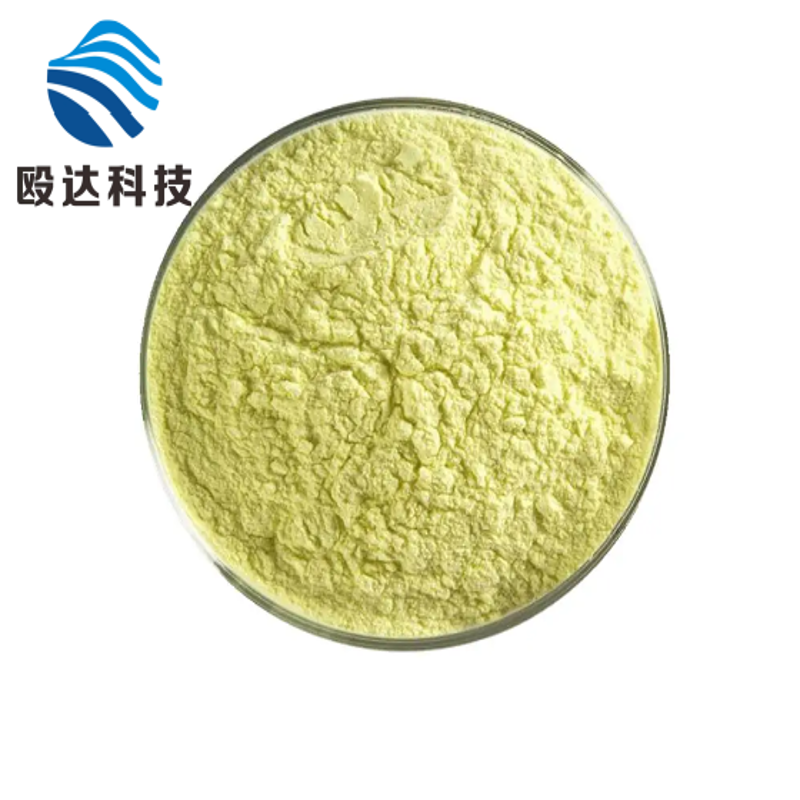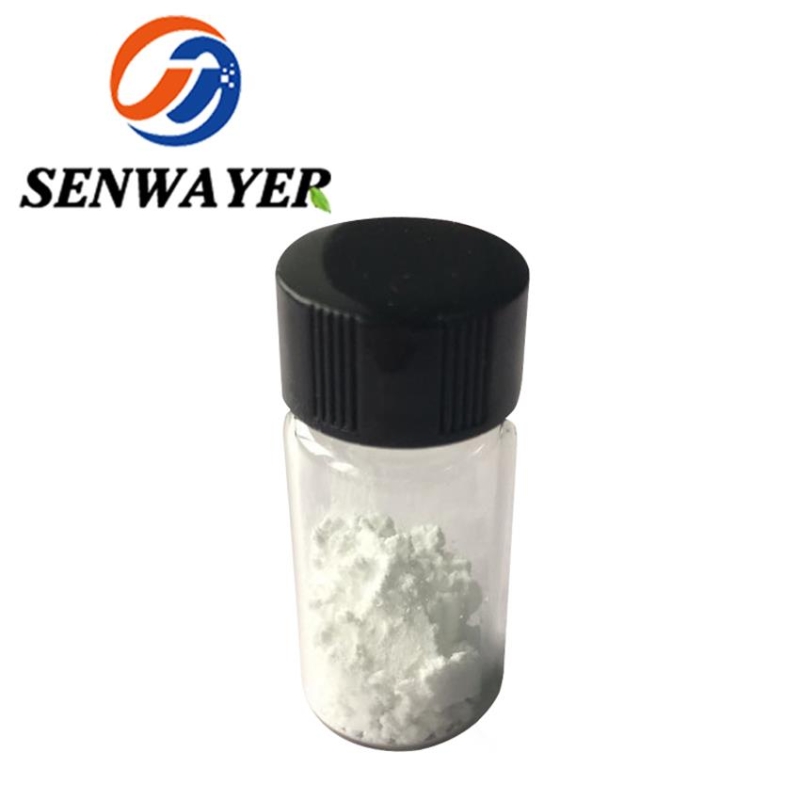-
Categories
-
Pharmaceutical Intermediates
-
Active Pharmaceutical Ingredients
-
Food Additives
- Industrial Coatings
- Agrochemicals
- Dyes and Pigments
- Surfactant
- Flavors and Fragrances
- Chemical Reagents
- Catalyst and Auxiliary
- Natural Products
- Inorganic Chemistry
-
Organic Chemistry
-
Biochemical Engineering
- Analytical Chemistry
- Cosmetic Ingredient
-
Pharmaceutical Intermediates
Promotion
ECHEMI Mall
Wholesale
Weekly Price
Exhibition
News
-
Trade Service
As a powerful measure to reduce drug prices in recent years, medical insurance negotiations and national centralized procurement have far-reaching influence
.
A few days ago, the reporter learned from the press conference of "China Medical Insurance Drug Administration Reform Progress and Effectiveness" (hereinafter referred to as the "Blue Book") that China has carried out adjustments to the national medical insurance drug catalog for three consecutive years starting in 2018, and preliminary estimates have been negotiated to reduce prices and medical insurance.
Behind the astonishing number is the profound adjustment of the market structure
.
The "Blue Book" tracked the clinical use of drugs in 804 hospitals in 31 provinces since 2015, and analyzed the changes in clinical use of hospitals based on national data
Significant increase in medical insurance negotiations
Significant increase in medical insurance negotiations "If there is no medical insurance negotiation (drug) price cut, I can't cure this disease
.
" The 80-year-old Fang Guiqing said happily.
Medical insurance negotiations are known as "soul bargaining", and the negotiation object is innovative drugs, and the scale has gradually expanded in the past three years
.
In 2018, 17 anti-cancer drugs were included in the National Medical Insurance List through negotiations, with an average price reduction of 56.
The price drop is so large, why do innovative drug companies still "follow"? This is because of the importance of the Chinese market and the medical insurance market
.
For many pharmaceutical companies, China is one of the most important markets in the world, and medical insurance funds are the largest payer in China's pharmaceutical market
In the 2019 medical insurance negotiations, the imported hypoglycemic drug dapagliflozin was "cut" to the world's lowest price of 4.
36 yuan/tablet
.
Huang Bin, vice president of AstraZeneca China, recently introduced that as of October this year, dapagliflozin had access to a total of 10,098 medical institutions at all levels in China, but only 2,160 hospitals before it was included in the medical insurance
Negotiated drugs have been greatly increased after entering the national medical insurance catalogue
.
The "Blue Book" shows that the growth rate of negotiated drug consumption in 2017 peaked from the first quarter of 2018 to the first quarter of 2019, and the year-on-year growth rate of consumption in each quarter was 100%-135%; the growth rate of negotiated drug consumption in 2018 was in 2018 From the fourth quarter to the fourth quarter of 2019, there has been rapid growth, of which the second and third quarters of 2019 have increased by 1349% and 1582% year-on-year; in 2020, the total drug consumption (chemical drugs, biological In the case of a sharp decline in products), the growth rate of newly negotiated drug consumption in 2019 is still showing a significant growth trend, and the year-on-year growth rate of consumption in the third and fourth quarters of 2020 will be 657.
Trends in replacement of generic drugs appear
Trends in replacement of generic drugs appear Parallel to medical insurance negotiations, the state's centralized procurement will exchange prices for original research drugs and generic drugs
.
The first five batches of centralized procurement covered 218 varieties, covering mainstream drugs for chronic diseases and common diseases such as hypertension, diabetes, and chronic hepatitis B.
How big is the price reduction? The price of Acarbose original research drug was 1.
3 yuan/tablet before the collection, and the price dropped to 0.
18 yuan/tablet after the collection
.
The price of the tumor treatment drug gefitinib was reduced by 69% through centralized procurement, with an average of 41.
8 yuan/tablet
.
Because of the large price cuts and large purchases of drugs, the national centralized procurement has deeply stirred the mature drug market in just a few years, promoted the increase in market concentration, and also drove the initiative to reduce the prices of unselected products with the same generic name
.
The "Blue Book" shows that the proportion of selected products in each batch of drugs with the same generic name (dose form) has increased rapidly after landing.
As of the first quarter of 2021, the proportion of selected products in the first three batches of national centralized procurement has reached 80 %
.
From the perspective of hospital level, the proportion of selected products in second-level and lower hospitals is slightly higher than that of third-level hospitals
.
From a regional perspective, the consumption of selected products in the western region accounted for more than 90% in the first quarter of 2021
.
The quality assurance of post-collection medicines has received widespread attention
.
At the same time as the "4+7" centralized procurement pilot entered the results implementation phase, under the guidance of relevant national departments, medical institutions such as Capital Medical University Xuanwu Hospital selected some selected varieties, and evaluated the efficacy and safety by analyzing the data in the real diagnosis and treatment environment
.
According to Zhang Lan, director of the Pharmacy Department of Xuanwu Hospital, this study has lasted for nearly two years starting on January 27, 2019.
It included 20 third-class hospitals, one third-tier hospital, and one community hospital in Beijing.
There are different drugs.
Different research options
.
The results of the study show that there is no difference in clinical efficacy and safety between 14 selected generic drugs and the original drugs in 8 treatment areas including hepatitis B, hypertension, and tumors.
This provides important evidence-based medicine for generic drugs to replace original drugs.
Evidence
.
In some varieties, the trend of substitution of generic drugs is very obvious
.
Liu Wenxin, director of the Technical Standards Department of the China Medical Insurance Research Association, said: “Before the implementation of the first batch of centralized procurement, the market share of the original research drug could reach more than 60%, but as the first batch of centralized procurement progressed, the market share of the original research drug was gradually reduced.
Only about 20% will remain in the first quarter of 2021.
It
can be seen that the centralized procurement policy has strongly promoted the substitution of generic drugs for original research drugs
.
"
Major adjustments to hospital medication structure
Major adjustments to hospital medication structure Behind the medical insurance negotiations and the normalization of national centralized procurement is the accelerated progress of the national medical insurance catalogue "vacation of cages and birds
.
" In this process, the structure of clinical medications has been profoundly adjusted, and medical institutions have undergone tremendous changes in high-value drugs.
Only 4 of the top 20 (TOP 20) varieties in 2015 were retained in the TOP 20 in the first quarter of 2021
.
Among the drugs “out of the market” are drugs that are under the national key monitoring and rational use
.
The "First Batch of National Key Monitoring and Rational Use Drug Lists (Chemical Drugs and Biological Products)" released in July 2019 contains 20 varieties, of which 7 varieties such as Oxiracetam are among the TOP 20 varieties in 2015
.
After the key monitoring of the rational use of drugs was announced, and the national medical insurance catalog recalled related varieties, these varieties completely withdrew from the TOP 20
.
In fact, the market for these 20 varieties has generally shrunk, and their sales amount and consumption have begun to decline since the third quarter of 2019, and have been reduced significantly after the adjustment of the national medical insurance catalogue
.
Compared with the first quarter of 2015, the use of these varieties in the first quarter of 2021 has dropped by 83.
7%, and the amount of use has dropped by 87%
.
Due to the decline in total drug costs in some countries, the TOP 20 products have been withdrawn from the TOP 20 in the first quarter of 2021, including the cardiovascular system drug atorvastatin and the digestive system drug lansoprazole and pantoprazole
.
What are the new drugs? The number of anti-tumor drugs increased from zero to 6, the nervous system drugs increased from 1 to 3, and the blood system drugs increased from 2 to 3
.
"We can clearly see that the current hospital drug structure uses more drugs and the burden of disease more closely match
.
" Liu Huiyang added
.
It is worth mentioning that in several treatment areas where the burden of disease is heavier, China's drug expenditures are more consistent with global trends
.
The "Blue Book" shows that the TOP 20 drugs sold globally in 2020 include 14 anti-tumor and immunomodulators, 2 systemic anti-infectives, 2 blood and hematopoietic system drugs, 1 sensory system drug, 1 digestive system and Metabolic drugs
.
Among the top 20 drugs used in the first quarter of 2021 in China, there are 4 systemic anti-infectives, 3 blood and hematopoietic system drugs, and 6 anti-tumor drugs
.
In addition, as the hospital's clinical medication changes, the hospital's internal revenue structure is gradually optimized
.
According to Liu Wenxin, the survey data on the utilization of medical services shows that the proportion of hospital drug costs has continued to decline, from 50.
7% in 2015 to 38.
5% in 2019
.







